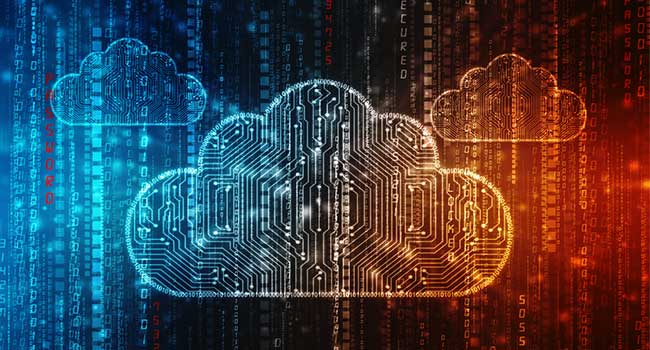
Is Cloud-Based Security Right For You?
Here are five reasons why cloud-based security might be right for your organization.
Over the last decade, cloud-based security solutions have become increasingly popular across multiple industries — and with good reason. Cloud security solutions are available at a predictable monthly fee that’s far lower than the out-of-pocket costs associated with traditional security and access control solutions. These solutions are highly manageable and scalable, and markedly safer than on-premise systems because everything in the cloud is encrypted, protected and backed up in case of system failure.
Here are five reasons why cloud-based security might be right for your organization:
1. You have multiple locations with differing security needs.
When you’re dealing with a number of sites, remote manageability becomes very important. A cloud-based security solution gives you the power to access the management software from anywhere. That remote manageability makes it much easier for both your staff and your security provider to handle day-to-day operations as well as any issues that arise. It greatly reduces the need for onsite, hands-on support; saving both time and money. Plus, remote manageability enables cooperation and collaboration with your security provider, with the flexibility to handle as much or as little management in-house as you see fit.
2. Your security needs are variable due to changing circumstances.
Cloud-based security allows you to manage all of your locations from a single interface. It’s also incredibly scalable — you can simply add or remove doors as you need to (and pay only for what you use). This is ideal for organizations with temporary warehouses or portable buildings that are only used part of the year. It’s also a smart choice for those in industries like property management, where the sites you work from may change from month to month.
3. Your IT team does not have the bandwidth or expertise to maintain complex security systems.
Security software programs are complicated and highly specific. The average IT team doesn’t have the experience or the knowledge to maintain these programs or the systems that run them. What’s more, dealing with security system maintenance takes your IT staff away from more mission-critical tasks. With cloud-based security, management is part of the service. Your security provider manages and maintains all of the software (and the sophisticated servers) necessary to support your system.
4. You need high reliability without the high price tag.
All security systems run on computers, which can and do crash (even under the best of circumstances and maintenance). If all of your systems are on premise, that’s a reliability issue waiting to happen. If one of your security servers should crash, then what? Do you have a good backup? Do you know what to do?
With cloud-based security, you’re always running the latest version of your security software with redundancy, resilience, and backup ensured. All your team has to do is maintain the door hardware. And the beauty is, you can get all of that reliability for a low monthly fee.
5. Your budget can more easily absorb a monthly fee, versus a large, one-time expenditure.
Large capital expenses (CAPEX) are a tough sell for most organizations — especially for something like security, which doesn’t directly contribute to the bottom line. Cloud-based security is generally purchased via monthly fee, which spreads costs over time. It also saves you the hassle of depreciation. The monthly fee for security is an operational expense (OPEX) that is tax-deductible just like your electric or phone bill. Plus, if your needs change, you can revise or even end your cloud security agreement, without throwing away some or even all of that upfront cost.
For example, let’s say you want to install a couple of card-access doors. Each one might cost $3-4,000 if you bought them outright. With cloud security, you’d likely save 30-40% up front, and convert the remaining expense to $25-50 per month per door to operate and maintain.
The truth is, cloud-based security can be a perfect fit for almost any organization in any industry — from one door to hundreds of doors and campuses across the country. It’s a proven, reliable and scalable way to address a broad range of security challenges, now and in the future.